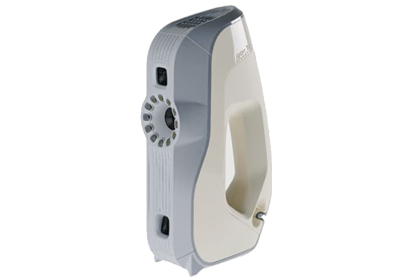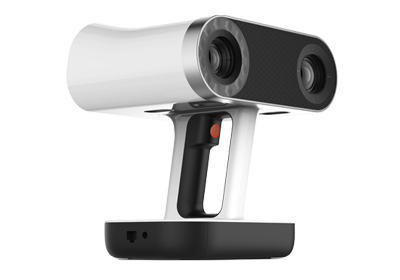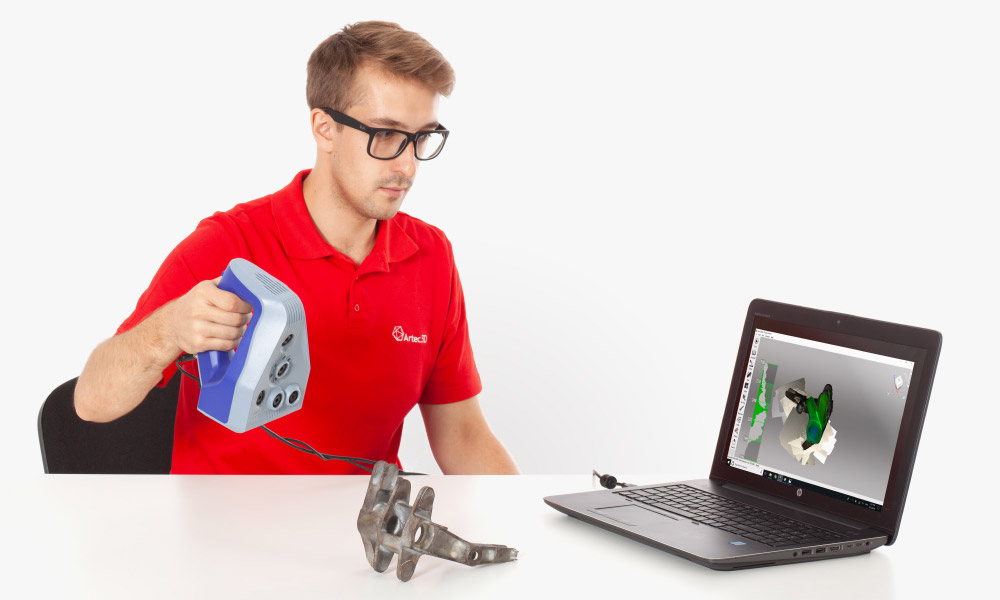
If you look at any 3D scanner, the most powerful part of the entire system is the 3D scanning software engine. It’s the control center that powers the entire 3D scanning operation. The software triggers the scanner to collect 3D information from the physical environment. It contains sophisticated algorithms to translate that information into a 3D digital replica on the computer.
3D scanning might look like magic but there’s a lot of work that goes into developing a software like Artec Studio to make it look that effortless.
With the latest version of Artec Studio 13, the best just got better. Achieve optimal performance out of any Artec 3D scanners. The 3D scanning software has a new and improved 3D scanning experience, superior inspection capabilities, and a boost in performance that will be beneficial to new and existing Artec users.

Video
If you would like a condensed version of the new features and updates to Artec Studio 13, view the video here:
Challenge: How to Process Significantly Large Volumes of Scan Data
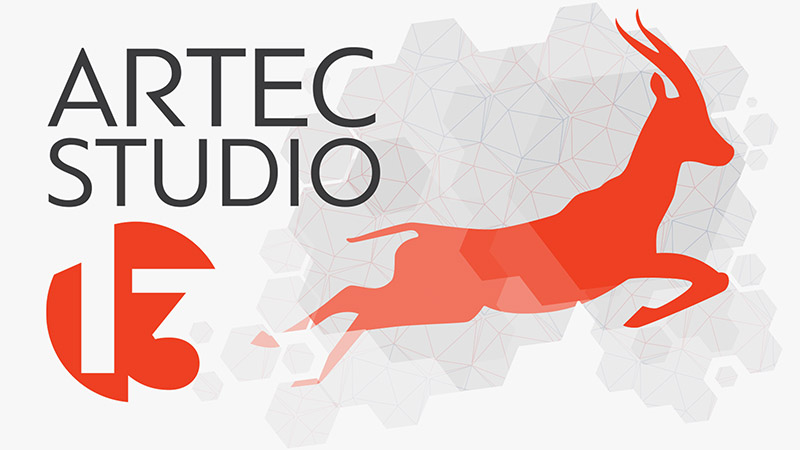
“Artec Studio is now able to flawlessly handle data sets that allow an individual to capture and process large objects without limitation and in high resolution is incredible. From X-Ray Mode to new algorithms to an advanced Global Registration tool, all the new features that are now available make working with scans of a large or highly detailed object much more streamlined and less time-intensive, no matter a user’s skill level.”
Artyom Yukhin President and CEO of Artec 3D
If you think about it, 3D scanning follows many similarities to the evolution of photography. It was once only reserved for use by highly trained professionals who specialized in this trade. Now, 3D scanning has evolved to the point where it is easy to use and the lowered price helps democratize the technology, thus facilitating its adoption.
Vast amounts of scan data are created as 3D scanning is becoming more mainstream. The new challenge now for a processing engine like Artec Studio is how to handle large volume of scan data both efficiently and effectively.
No Issues Working With Huge 3D Data Sets
In response to this challenge, the rendering core in Artec Studio 13 was redeveloped in its entirety. It empowers users to produce, edit, and process large objects or highly intricate detailed 3D data without any issues, even a 500 million polygonal 3D scan. Work with your large data model with ease for a smooth 3D scanning experience. Artec Studio 13 is powerful enough for it all.
Smart 3D Rendering
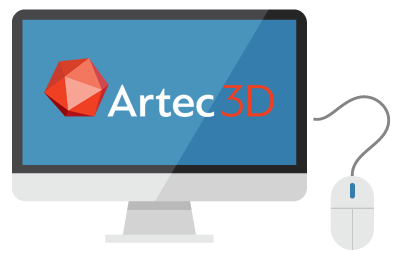
Artec Studio 13 can automatically detect the user’s computer specifications. If the user’s computer lacks in power, smart 3D rendering will adjust accordingly to use less RAM, yet still provide the smoothest possible user experience when working with large volumes of data.
Faster Global and Fine Registration
Global Registration is a tool needed for the creation of every model. It’s the main algorithm in Artec Studio, and one of the most resource-intensive operations for 3D scan data processing. The purpose of this phase is to optimize the frame position across all scans and converts them into a single global coordinate system to prepare for further post-processing.
Speed
The improved Global Registration speed is especially useful when processing large datasets. In Artec Studio 12, Global Registration is up to 20x faster than version 11. In Artec Studio 13, the processing time is even faster, at double the speed of version 12. Fine registration is also up to 50x faster in this version to help reduce the amount of time it takes during the post-processing stage.
Object Range
The global registration can also assemble up to 250% more objects types, even when scanning conditions were subpar. Global registration is also customisable for greater accuracy or speed.
New X-Ray Mode: Pinpoint and Fix Problem Areas Faster

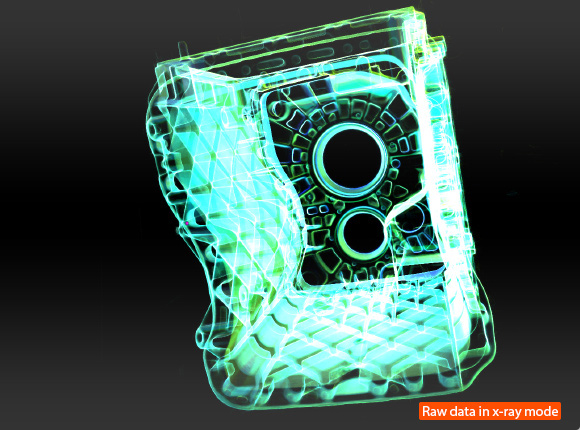
It’s sometimes frustrating and time consuming to realize later in the processing stage that something was wrong when you were capturing the scans. The new X-Ray Mode completely solves that problem. It’s the first-of-its-kind feature that helps users identify raw scan data for potential problem areas, prior to entering the processing stage.
The new X-Ray Mode makes raw scan data semi-transparent and deletes all the noise around a scanned object, showing users the data that they need to see. As a result, it’s much easier to judge the quality of scan data right after capture, without the need to process it first. Users can immediately identify if areas of an object were missed, or if there were holes, misalignments, or other issues that occurred during the scanning process. This makes scanning even the most complex objects a simple task.
New 3D Radar Mode: Making 3D Scanning Even Simpler to Use
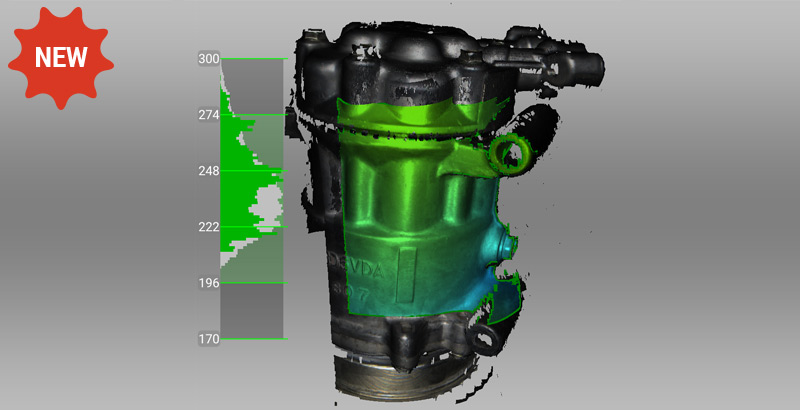
Artec strives to make 3D scanning as simple as possible. In Artec Studio 11, the Autopilot tool was introduced, which is a fully automated mode for processing 3D data. In Artec Studio 13, users are presented with 3D Radar. There’s no more guesswork as to how far you should hold the scanner in relation to the object.
This mode projects a distance map onto your data capture and guides you to hold the scanner at the optimal distance for capturing the most accurate geometry and vivid colors of your object. During the scanning process data is displayed in shades of red, green or blue, which indicate the scanner is too close, just right or too far away.
How does Artec Studio 13 compare to the previous versions?
We’ve only highlghted the new main features to Artec Studio 13. Check out this datasheet that provides a side-by-side comparison the features of Artec Studio 13 to the previous versions (version 11 and 12).
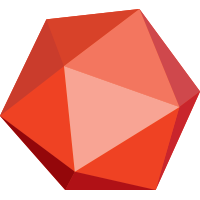
Already an Artec User and want to upgrade?
Contact us and we can help!
Learn More
To learn more about all the new and exciting tools in the latest version, as well as improvements to existing features, you can do it in the following ways:
-

Artec Studio Brochure
-

Request a Demo

